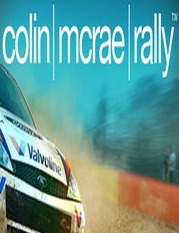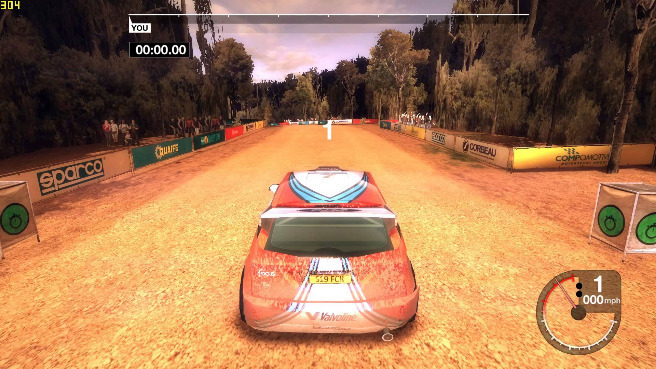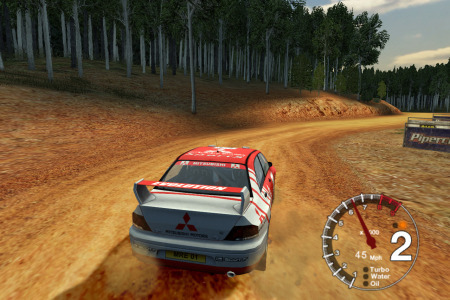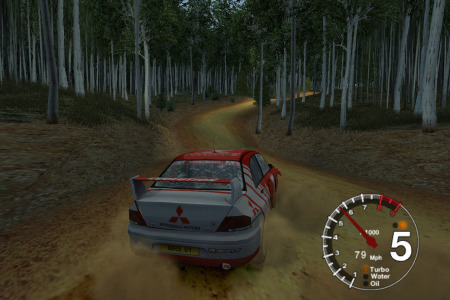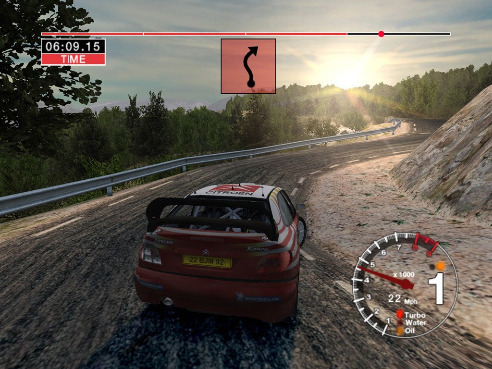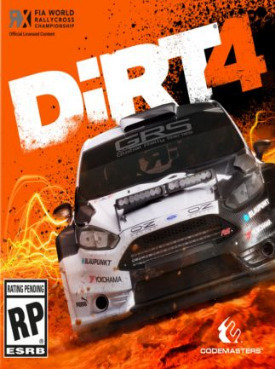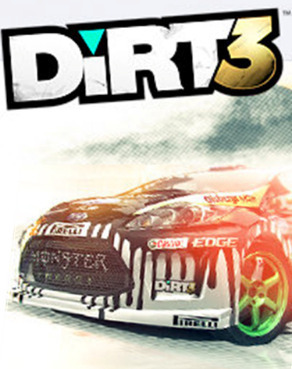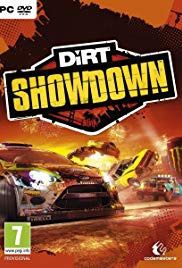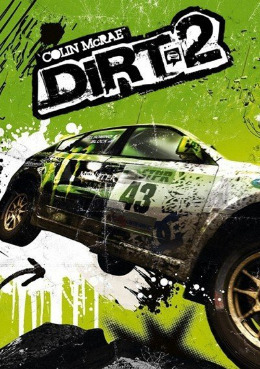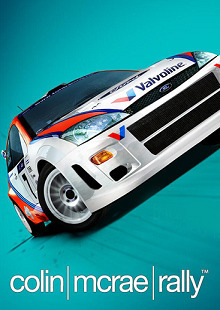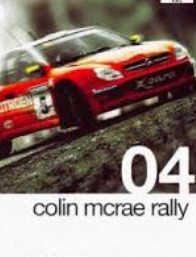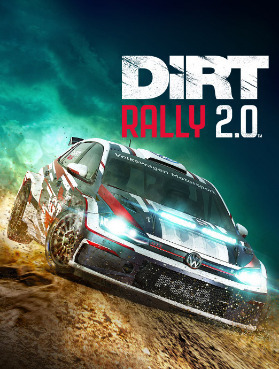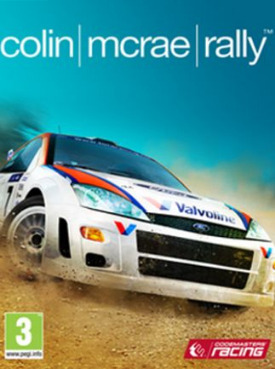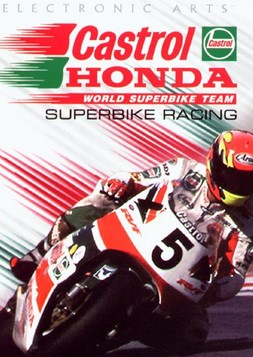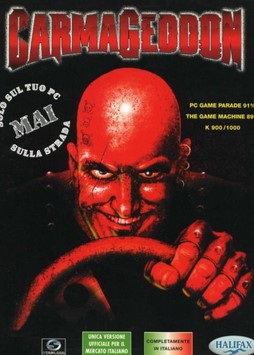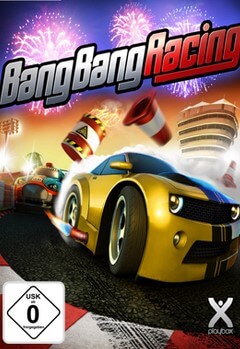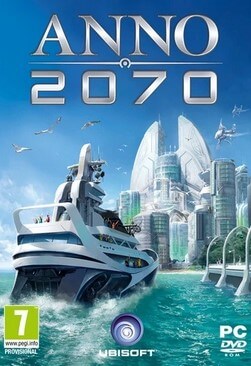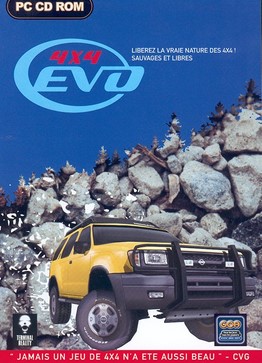Colin McRae Rally is a racing video game in which players can drive cars in point-to-point rally events. The game can be played from a behind-the-car perspective or from a bonnet camera view. On mobile devices, cars can be steered using on-screen buttons which provide digital input or using tilt controls which provide analog input. The game's content and driving model are taken directly from the 2000 title Colin McRae Rally 2.0. The game features thirty rally stages from Colin McRae Rally 2.0, located in Australia, Corsica, and Greece. Terrain and surfaces vary between stages ranging from smooth tarmac roads to gravely off-road tracks. Track information is provided through verbal descriptions from the co-driver and icons that appear near the top of the screen. The icons display the severity and difficulty of turns using colour-coding. A progress indicator is also displayed on screen, so that the player can see how much of the course they have completed and compare their position to the computer drivers.
The game features three modes: Championship, Single Rally, and Single Stage. The Championship mode is split into a eight rallies, each composed of either twelve or twenty-four stages. To win a rally, the player must attain the lowest total time against the computer drivers. The total time is taken as the summation of each individual stage time. Players begin the game with a single vehicle, the Ford Focus RS WRC; three additional cars—the Subaru Impreza WRX, the Mitsubishi Lancer Evolution VI, and the Lancia Stratos—can be unlocked by placing first in the championship rallies. During a race, vehicles can sustain damage from collisions, which can subsequently be repaired at intervals after every two events.
Development and release
Colin McRae Rally was developed by Codemasters' Southam-based development studio. It was the company's first internally developed mobile game, and lead off an initiative to produce games for new and existing intellectual property specifically for mobile devices. The development team was composed of staff who had worked on early Colin McRae Rally games and more recent Codemasters racing games. The game was initially designed for iOS mobile devices using Colin McRae Rally 2.0 as a basis. This early iteration of their Rally series was chosen as the foundation because it presented a focused rally racing experience, whereas later entries expanded to offer more gimmicks and game modes. Thirty stages from Rally 2.0 were faithfully reproduced; the team ensured that the position of every corner, obstacle, and surface transition matched the original rallies. While existing content and assets were reused, they also chose to take advantage of modern technology while creating Colin McRae Rally. The game was built using the Unity game engine and written in the C# programming language, closely referencing the original C source code to make certain that the handling and physics systems replicate Rally 2.0.
The development team felt that the original PlayStation era graphics of Rally 2.0 would not hold up to modern standards on a high pixel density mobile display. To improve the graphical quality they introduced modern shader-based rendering and overhauled the textures. The engine specifications for the vehicles were retained from the classic Rally games. Although the models for the vehicles were also preserved, developers increased their resolution and added more detail and graphical layers to the car bodies. Other features that were carried over include the chassis deformation effects and realistic buildup of dirt on the vehicles. PhysX-based collision detection was implemented to enable more objects and debris to scatter. Changes were also made to lighting, audio, controls, and user interface. The team decided to omit a number of Rally 2.0 features, such as multiplayer, manual transmission, variable gear ratios, weather reports, and the cockpit camera view. Game producer Pete Harrison cited creating a polished, core rallying experience for mobile as the focal point of the project and felt that some features would not be suitable for the short play sessions that they expected from a portable racing game.
The development team had access to Codemasters' full audio library, which was composed of sound assets dating from the first Colin McRae Rally (1998) up to Grid 2 (2013). On a case-by-case basis, they decided whether to reuse existing sounds or update them. The result was a combination of audio from various games; suspensions sounds were taken from Dirt 3, wind, gearbox and mechanical samples from Colin McRae Rally 2005, garage sounds from Race Driver: Grid, and music from Colin McRae Rally 04. One aspect of the audio that was kept intact was the original pacenotes read by professional co-driver Nicky Grist. The team did not want to disrupt the timing and delivery of critical track information so they opted to use the original recordings in this case. Support for custom soundtracks was added so that players could listen to their own music in-game.
The game was released for iOS devices on 27 June 2013. In December 2013, Thumbstar Games announced that they would be collaborating with Codemasters to release the game on Android devices. The Android version released on 21 February 2014. Codemasters later released the game for OS X and Windows personal computers on 31 July 2014 via the Steam digital distribution service.
